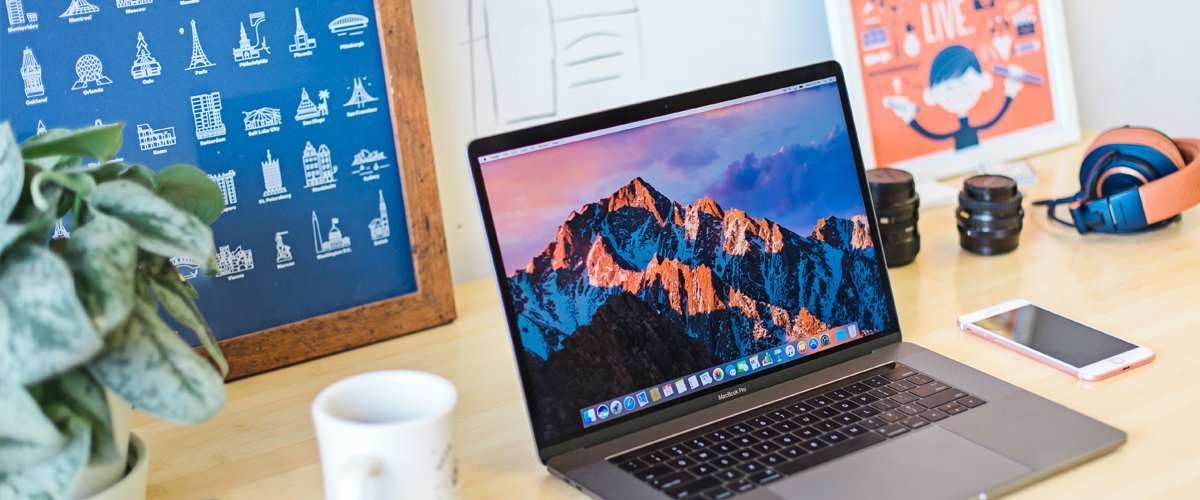Thanks to today's technology, working from home has never been easier. In the wake of the pandemic, the world is adapting to a remote working mode to a great extent. The Covid-19 has forced us to stay at home and modify the regular operation of many items and businesses. However, there are some steps we must take to ensure that productivity does not stagnate and work performance does not drop.
If you are not yet used to working remotely, it may take some time to get used to it, but believe us it is possible to combine the advantages of working from home and being productive at the same time. Here are some tips to help you adapt to this new situation.
- Keep a routine: it's important to keep everything in its place. Try to have a routine that holds you to reality, so you can stay motivated and productive. Keep your schedule so you can balance your work and private life. Strive to get up at the same time and do the activities you used to do before going to work (e.g. exercise, grooming, breakfast, etc.). Also, we advise you to keep to your company's dress code, as you will have unexpected video calls during the day.
- Create a suitable work environment: have a suitable, fixed space that allows you to be more faithful to your routine. You don't need to create an office, but at least try to establish a space that you only use for work, so you can concentrate better on your work. If possible, opt for a space that has good lighting, ventilation and looks good for when you make video calls. Additionally, tell the people who live with you that this is your work area, and recommend that they respect this space and your work schedule.
- Keep your communication channels open: to be productive you must always keep in touch with your team. This means having your communication channels open and attending your remote meetings. It is good that your video camera is on, so you can see your colleagues and have a closer contact with them. At the beginning of each meeting take a few minutes to ask them how they are doing. The most commonly used tools for this type of meeting are Slack, Skype, G-Meet, Zoom, among others. In addition, we recommend that you always have paper and pencil on hand for notes, as well as checking that your internet connection is stable.
Now that your clients and colleagues cannot see you in person, it is very important that your communication is very proactive, fast and efficient, to compensate for the distance with a high level of confidence.
- Take short breaks during the day: taking occasional breaks is healthy, even when you're working remotely. We know your calendar can be full of tasks, calls and meetings, but you should also include scheduled breaks. For example, a healthy break might be pouring yourself a cup of coffee, going out in the garden to get some fresh air, doing breathing exercises, stretching, clearing your mind by reading a news story or article on the topic you're interested in, etc. Remember that your physical and mental health determine your ability to be productive, so don't neglect either one.
- Keep working as a team: maintain contact and coordination with the rest of your team. Communication must be fluid and direct with a good exchange of information and good practices to achieve productive work. To do this, rely on the communication channels that you normally use or those that have been set up for a specific occasion.
Internal communication chats, such as Slack, Teams or Skype, are the ideal tools to ensure the flow of communication with the rest of your team, as it has a messaging service, file sharing, advanced search and a host of integrations.
Remember, if you are working remotely, try to be disciplined and maintain a positive attitude. We hope these tips have helped you know how to maintain a competitive advantage by taking advantage of the convenience and efficiency of a home office.








